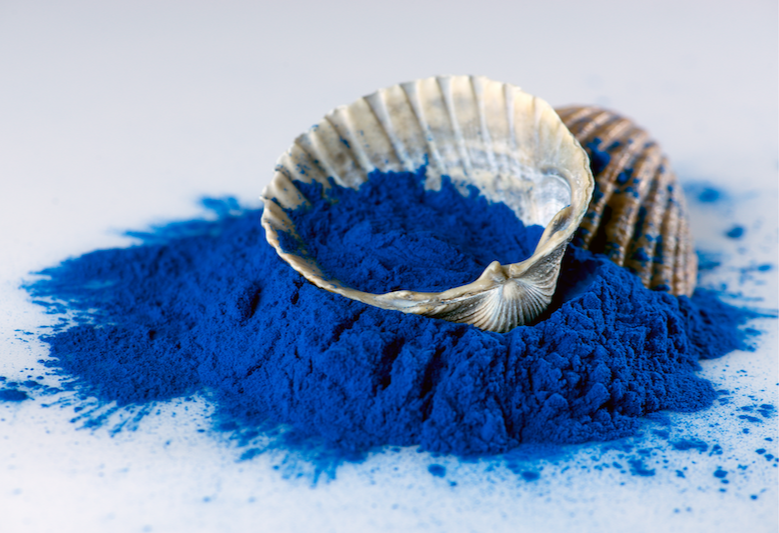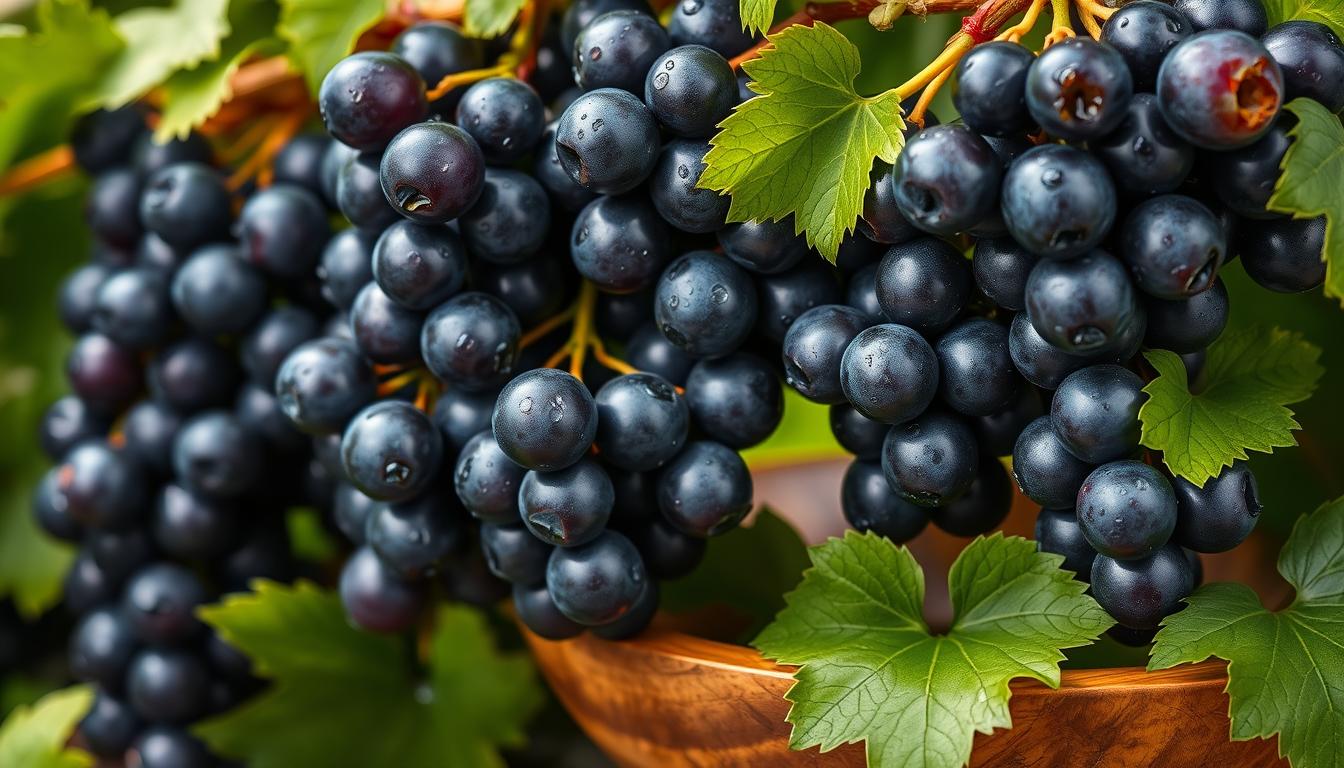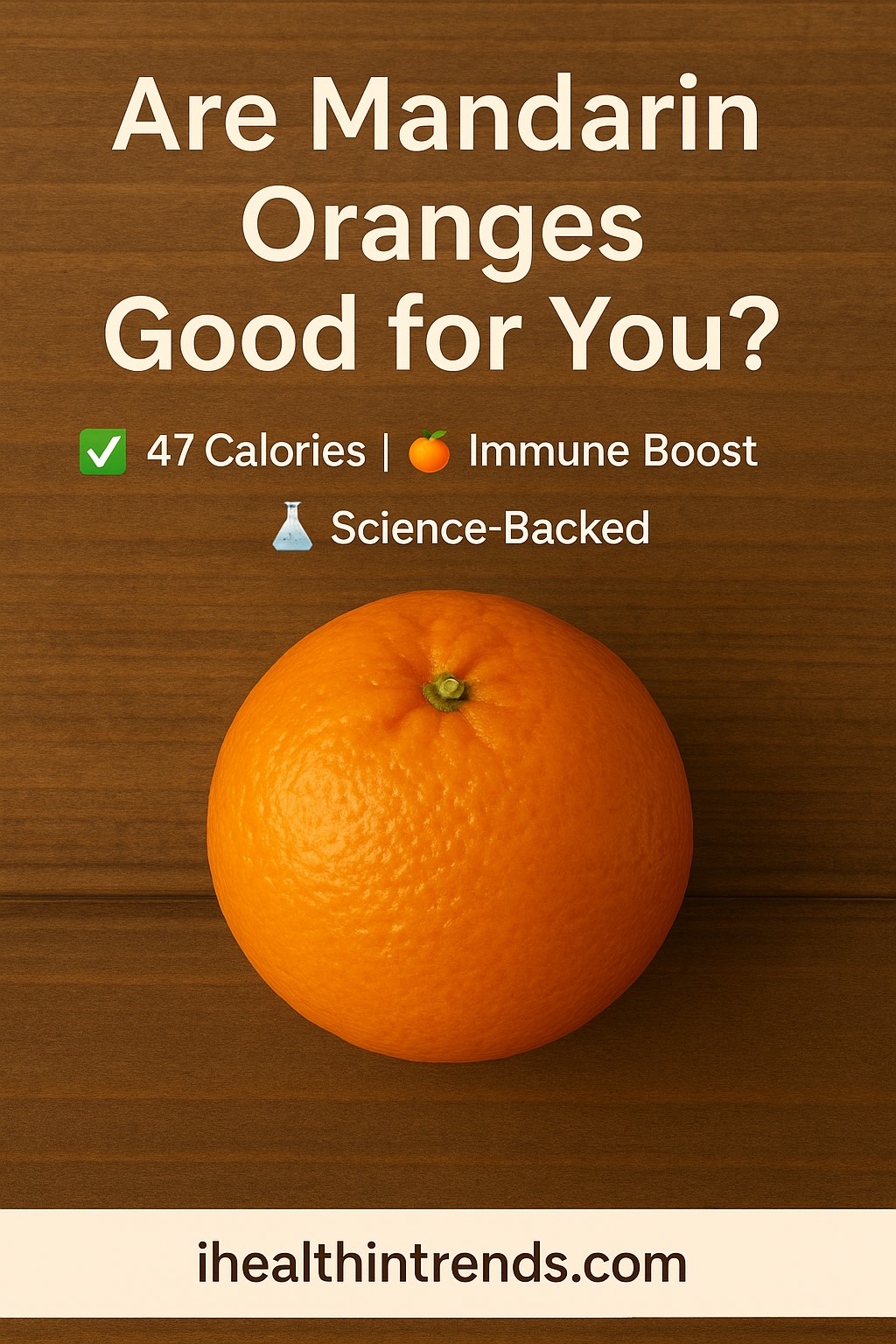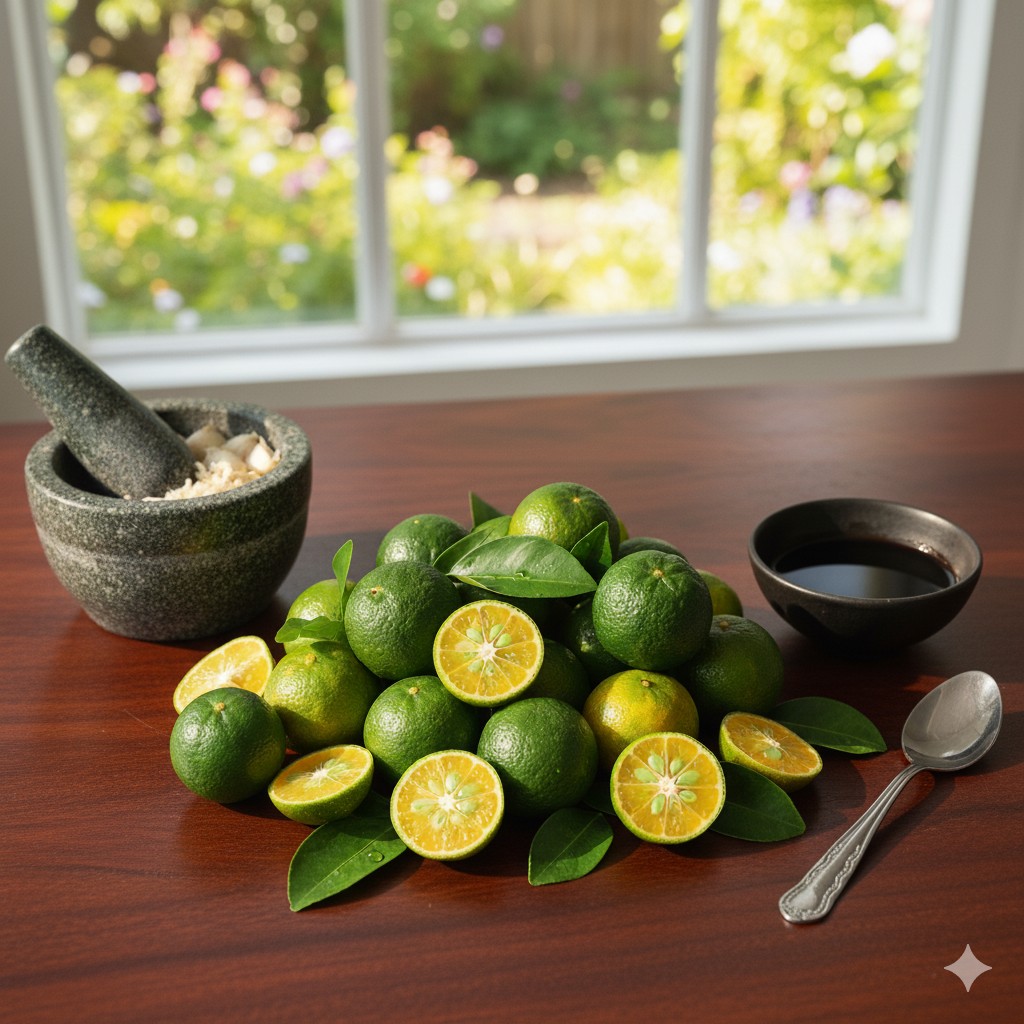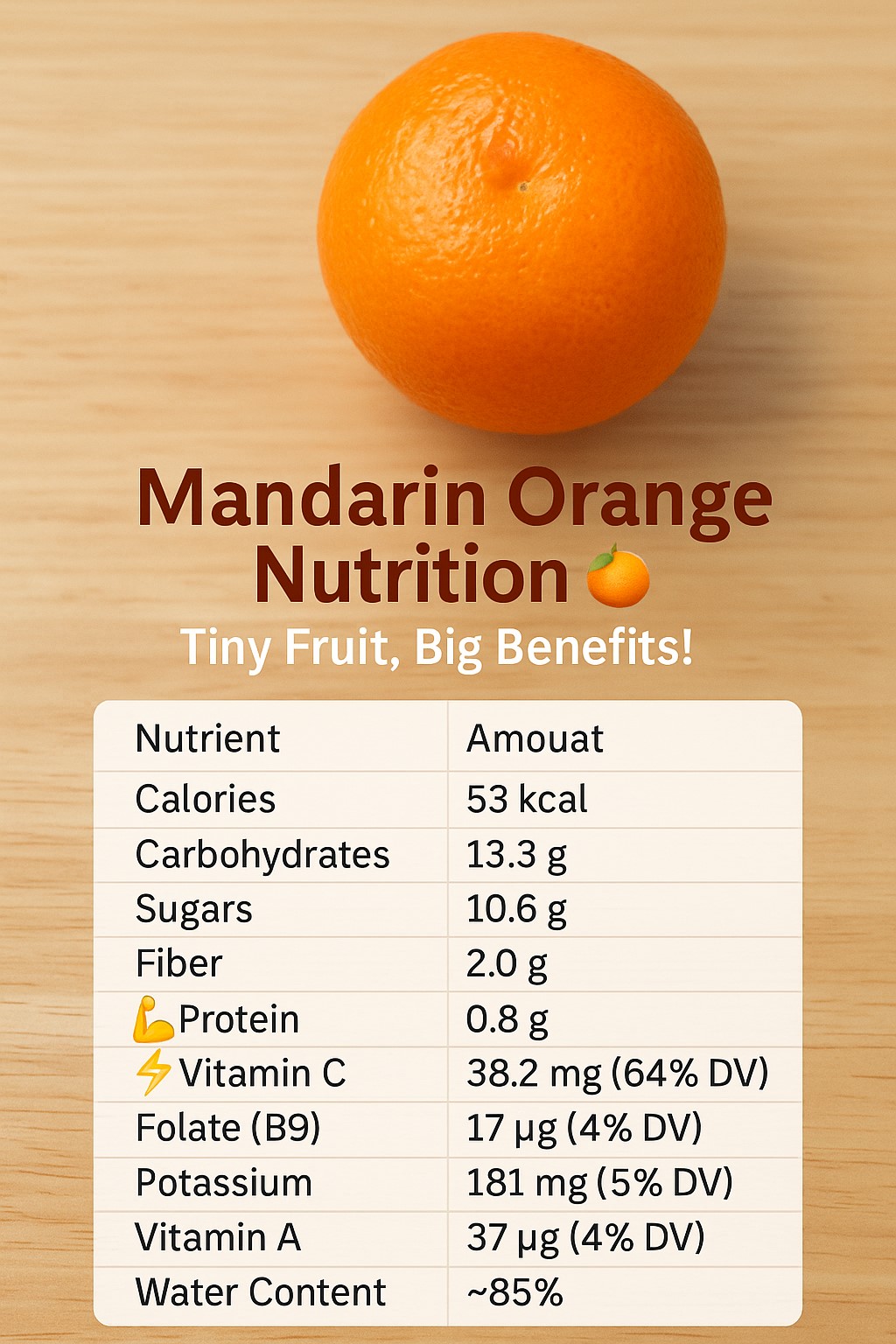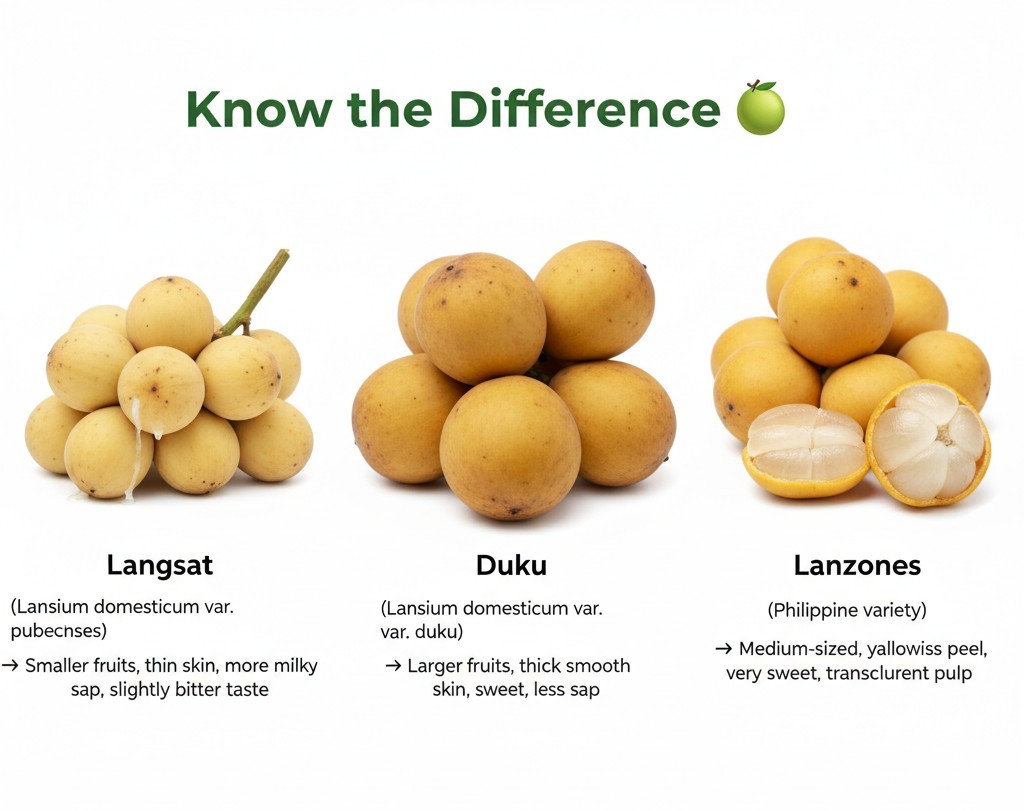What are tomatillos?
They’re small, green fruits wrapped in papery husks — often called “Mexican husk tomatoes” — and they’re a staple in salsas, stews, and tacos. If you’ve ever seen them in the produce aisle and wondered what they are, how they taste, or how to cook with them, you’re in the right place. Let’s uncover everything you need to know about this tangy, vibrant ingredient.
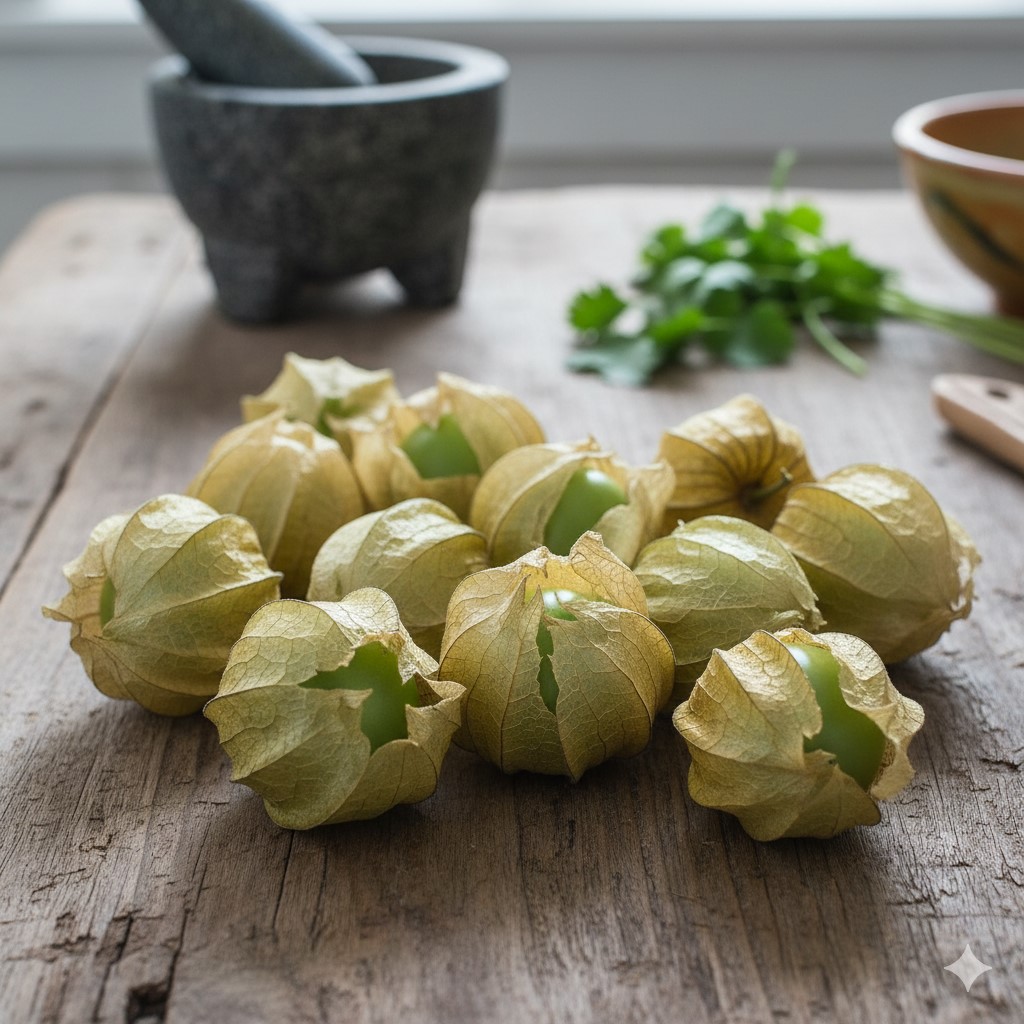
So you’re standing in the produce aisle, and suddenly you spot these little green fruits wrapped in papery husks — kind of like tiny lanterns. You pick one up, peek inside, and wonder… Wait, what even is this thing?
That, my friend, is a tomatillo — and if you haven’t tried it yet, you’re missing out on one of the most vibrant flavors in Mexican cooking.
Don’t let the weird packaging fool you. Tomatillos aren’t just “green tomatoes” or some mutant tomato hybrid. They’re their own special ingredient — tart, bright, and absolutely essential in dishes like salsa verde, enchiladas, and tacos.
Let’s break it all down: what they are, how they taste, how to use them, and why they deserve a spot in your kitchen.
Wait – Are Tomatillos Just Unripe Tomatoes?
Nope! That’s a super common mix-up.
Even though “tomatillo” literally means “little tomato” in Spanish, they’re actually a totally different plant from regular tomatoes. Think of them as cousins — same big nightshade family, but with very different personalities.
Tomatillos belong to the Physalis genus — the same family as ground cherries and cape gooseberries. And yes, that papery husk? Totally normal. It’s nature’s little wrapper.
What Do Tomatillos Look Like?
Imagine a golf ball-sized green fruit snug inside a thin, straw-colored husk that looks like a tiny Chinese lantern. When you peel it back, the fruit underneath is firm, shiny, and often covered in a slightly sticky film (don’t panic — more on that soon).
They’re usually bright green, but some varieties turn yellow, purple, or even red when ripe. Most grocery stores sell them green and firm — perfect for cooking.
You’ll usually find them in clusters, still nestled in their husks, near the jalapeños or avocados at Latin markets or even big chain supermarkets.
What Do Tomatillos Taste Like?
Okay, here’s the real talk: raw tomatillos are tart. Like, really tart.
Think green apple meets lemon with a hint of herbal earthiness. Some people compare the flavor to a cross between a tomato and a gooseberry. But unlike tomatoes, they don’t get sweet when ripe — they just get softer and a little floral.
Now, here’s the magic trick: cook them, and that sharpness mellows into something deep, smoky, and complex. Roast them, boil them, or char them on the grill, and suddenly you’ve got the base for one of the most delicious sauces on the planet.
Spoiler: That’s salsa verde, and it’s life-changing when made fresh.
Tomatillos vs Green Tomatoes – What’s the Difference?
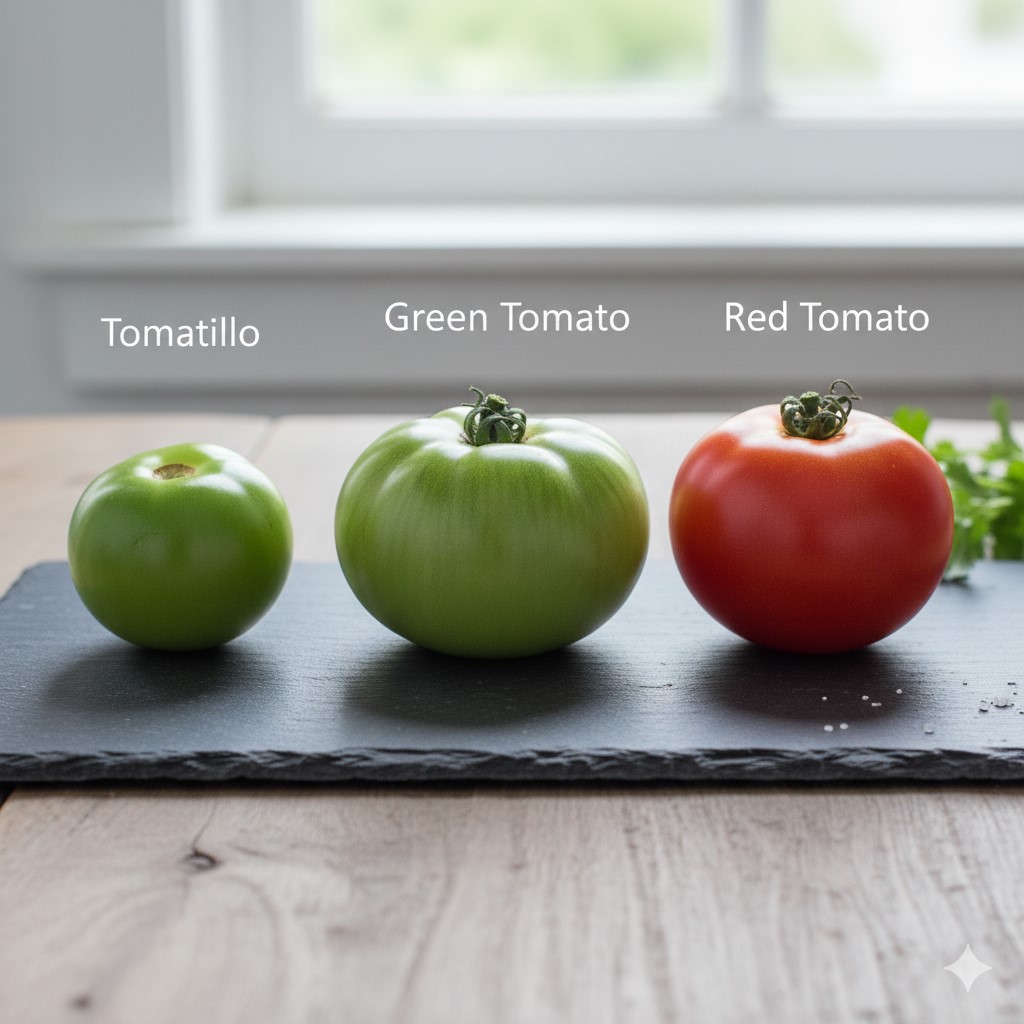
Great question! Let’s clear this up once and for all:
| Feature | Tomatillo | Green Tomato |
|---|---|---|
| Type | Different species (Physalis) | Just an unripe red tomato |
| Husk Yes | papery and light brown | No |
| Stickiness Yes | natural resin layer | No |
| Flavor | Tart, citrusy, herbal | Tart, firm, slightly grassy |
| Best Use | Salsa verde, stews | Fried green tomatoes, chutneys |
So no — you can’t swap them 1:1 in every recipe. But in a pinch? We’ll talk about substitutes later.
How to Prepare Tomatillos (Yes, Wash That Sticky Stuff!)
First things first: remove the husk. Just peel it off like a banana skin.
After that, rinse them well under a stream of cool water. You’ll notice a sticky, almost slimy layer on the skin — that’s totally natural! It protects the fruit while growing. A quick scrub with your fingers or a soft brush takes it right off.
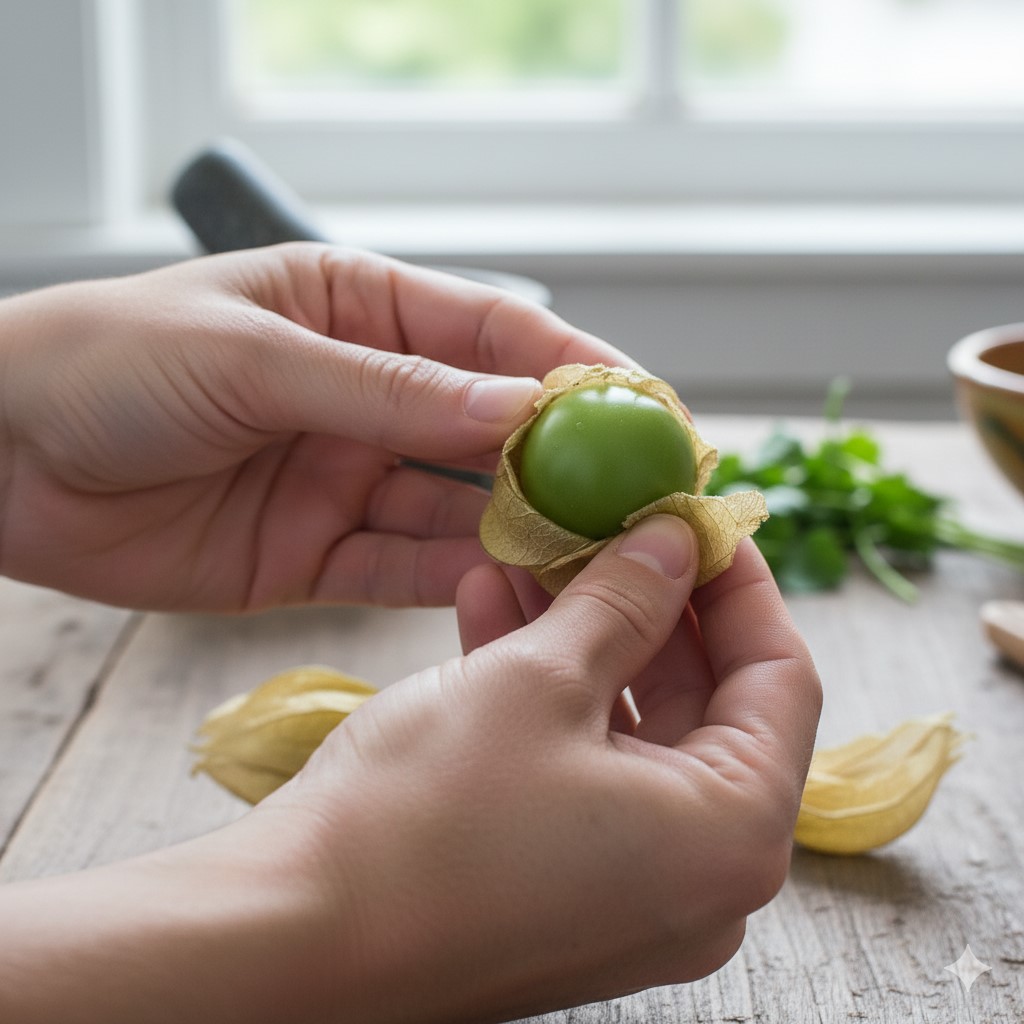
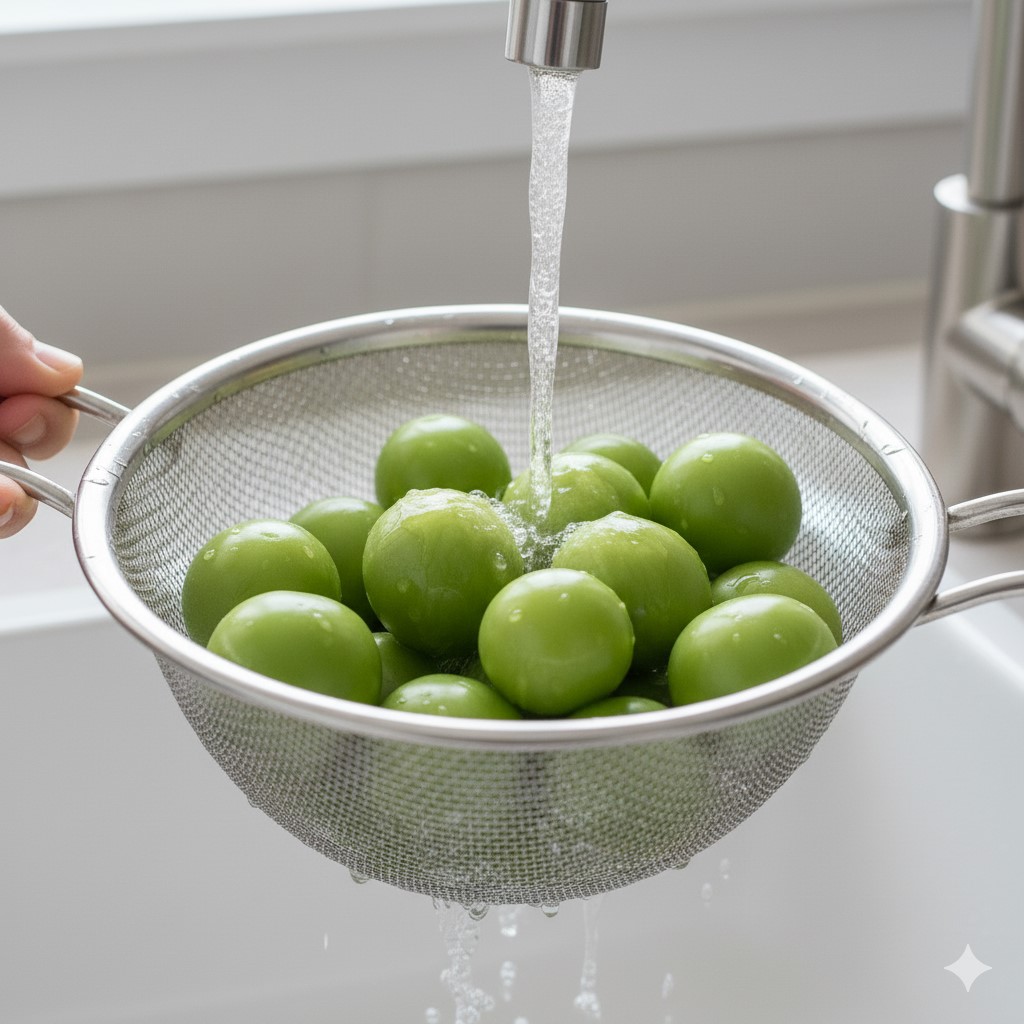
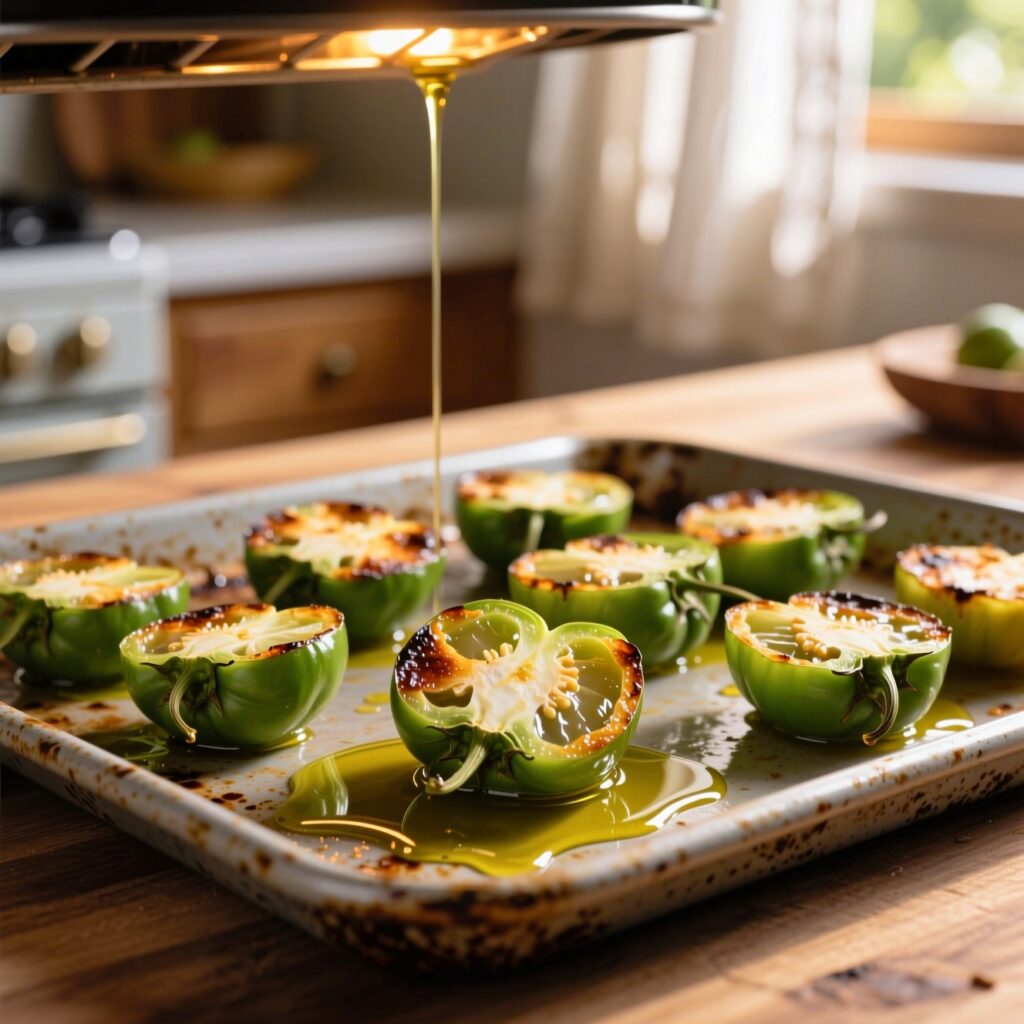
Once cleaned:
- Chop them raw for fresh sauce
- Or cook them whole/quartered for deeper flavor
🔥 Pro tip: Roasting or broiling brings out a rich, smoky depth. Try placing them under the broiler for 5–7 minutes, turning once, until blistered.
What Can I Make with Tomatillos?
Oh, so many good things.
Here are the classics — and a few fun twists:
🌶️ Green Sauce
The #1 use. Blend roasted tomatillos with garlic, onion, jalapeño, cilantro, and lime. Boom — instant flavor upgrade for tacos, eggs, grilled chicken, or chips.
🌮 Tacos & Enchiladas
Spoon warm salsa verde over carnitas, chicken tinga, or black beans. Heaven.
🍲Green Chili
Slow-cooked pork or chicken stew simmered in a tomatillo-based sauce. Comfort food with a kick.
🥚 Huevos Rancheros
Top your fried eggs with warm tomatillo salsa and melty cheese. Breakfast just got better.
🍈 Fruit Sauce
Mix diced raw tomatillos with mango, red onion, lime, and mint. Surprisingly refreshing!
Where to Buy Tomatillos
Good news: they’re easier to find than you think.
Look for them in:
- Mexican grocery stores – usually cheap and super fresh
- Big supermarkets – Walmart, Kroger, Safeway, etc., often carry them in the “international” or produce section
- Farmers markets – especially in summer and early fall
- Online – Amazon sells canned tomatillos if you’re in a pinch
Fresh ones should feel firm and smell clean. Avoid mushy or moldy husks.
And if you’re feeling adventurous? Grow your own! (We’ve got a full guide on that too.)
Are Tomatillos Healthy?
Short answer: yes.
They’re low in calories (~20 per 100g), fat-free, and packed with:
- Vitamin C (great for immunity)
- Fiber (good for digestion)
- Potassium (supports heart health)
- Niacin (B3, helps with energy metabolism)
Plus, they contain antioxidants like flavonoids, which help fight inflammation.
So go ahead — drizzle that salsa verde guilt-free.
Can You Eat Tomatillos Raw?
You can, but be ready for a pucker.
Raw tomatillos are very acidic — not everyone loves that straight-up tang. That said, they work beautifully in fresh salsas, juices, or blended dressings where other ingredients (like avocado or lime) balance the sourness.
But 9 times out of 10? Cooking them makes them taste way better.
Final Thought: Give Tomatillos a Chance
They might look strange, and yeah — that sticky skin is kinda weird at first. But once you try a homemade salsa verde made with roasted tomatillos, you’ll get it.
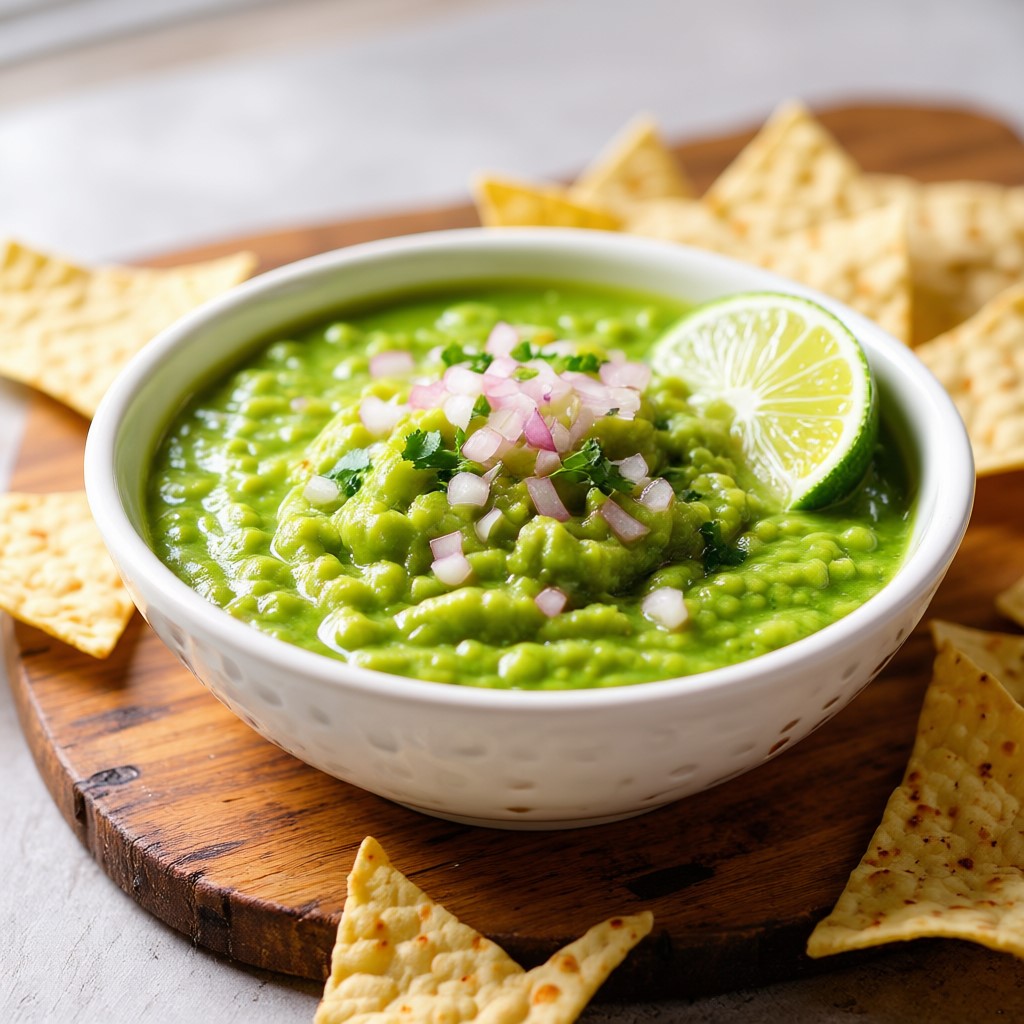
There’s a reason they’ve been a staple in Mexican kitchens for thousands of years. They bring a bright, bold flavor you just can’t replicate with anything else.
So next time you see those little lantern-wrapped fruits in the produce aisle… grab a bag. Peel, wash, roast, blend — and prepare to fall in love.
And hey — if you’re not sure where to start, we’ve got the perfect easy salsa verde recipe waiting for you. 👉 [Click here to make magic happen.]
💬 Have you cooked with tomatillos before? What’s your favorite way to use them? Drop a comment below — we’d love to hear from you!
📌 Loved this guide? Share it with a friend who needs to know what the heck a tomatillo is.
FAQs About Tomatillos
What does “tomatillo” mean in English?
Literally, “little tomato.” But don’t be fooled — they’re their own thing.
Are tomatillos a fruit?
Botanically, yes! They’re berries — just like tomatoes and peppers.
Can I eat the husk?
No — it’s dry, papery, and inedible. Always remove it before using.
Why are my tomatillos sticky?
It’s a natural resin that protects the fruit. Wash it off — it’s harmless but weird to eat.
How long do they last?
In the fridge, in their husks: 1–2 weeks.
Cooked and frozen: up to 6 months.
References:
- Tomatillo – Wikipedia
- What Are Tomatillos? – The Spruce Eats
- What Are Tomatillos And What Can You Do With Them? – The Daily Meal
- What Are Tomatillos? A Guide to This Unique Fruit and Its Uses – Greatist
- What Are Tomatillos and How Do You Use Them? | Savory – Savory Online
